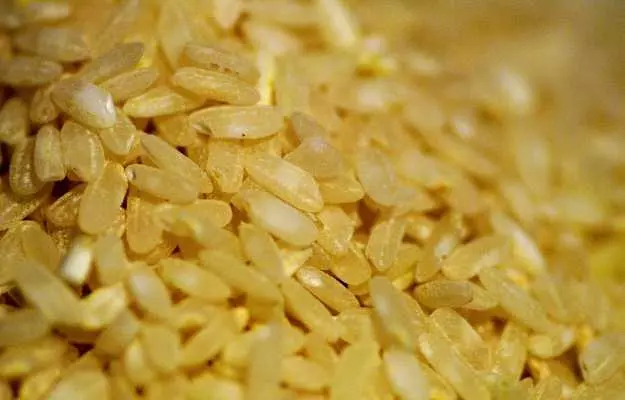Making healthy diet choices can go a long way in protecting you from diseases and health issues like obesity, metabolic syndrome, high blood pressure, diabetes and heart disease. Opting for a healthy and balanced diet can also help you manage autoimmune disorders better. Consuming brown rice is considered to be one of the healthiest diet choices today and there is a good reason behind it.
Brown rice is a whole grain packed with nutrients like dietary fiber, plant proteins and a few vitamins, minerals and antioxidants. Unless you are on a low-carbohydrate diet, eating brown rice every day can improve many aspects of your health, from helping you maintain a healthy weight to giving your immune system a good boost. Read this article to find out the nutritional benefits and side effects of eating brown rice.
Did you know?
All rice starts out as brown rice. Simply put, brown rice refers to the type of rice grain from which only the hard hull is removed. The bran, germ and endosperm of this grain remain intact, which is the main reason why brown rice is considered to be more nutritious than most other rice varieties, especially white rice.
Some basic facts about brown rice:
- Botanical name: Oryza sativa
- Family: Poaceae
- Common name: Rice, chawal
- Sanskrit name: Vrihi, tandul, shali
- Parts used: Whole grain
- Native region and geographical distribution: Rice varieties are grown all over the world. India, Thailand, Bangladesh and Pakistan are the world’s largest brown rice producers. Thailand is the world’s largest brown rice exporter.
















